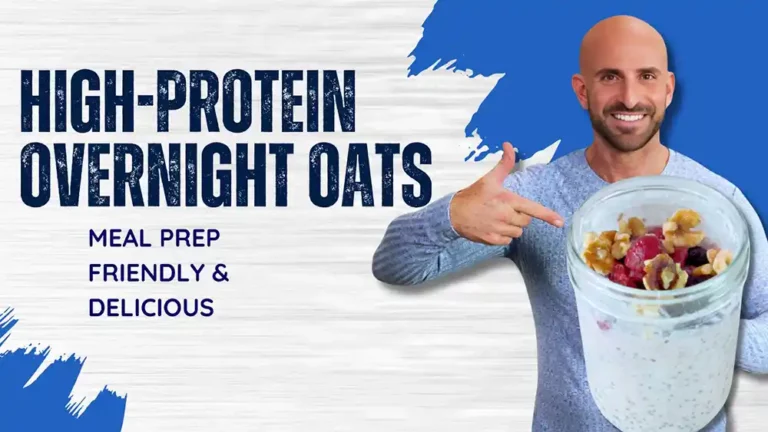Have you ever considered that your struggles with weight could be due insulin resistance? Learn more about insulin resistance, and the close relationship between insulin resistance and weight loss.
One of the main reasons people come to see me is because they can’t lose weight and, for many of them, I am their last hope. In my years of experience, I’ve found that insulin resistance is one of the top reasons people struggle so hard with weight loss.
So What is Insulin Resistance?
Many people associate the word “insulin” with diabetes, but you don’t have to have diabetes or even be going through prediabetes to have insulin resistance.
Insulin is a hormone in all of our bodies that stores blood glucose (or blood sugar) for energy. Insulin resistance refers to when the body doesn’t have a normal insulin response, meaning that it isn’t able to fully process the glucose that you eat. Your pancreas produces insulin, but there is resistance to this insulin, preventing glucose from entering your cells. This leads to glucose levels staying high in your blood, and eventually to be stored as fat.
What is a Normal Insulin Response?
Let’s talk about how insulin works normally. Here are the usual steps:
- You eat a meal and your blood sugar spikes up.
- Due to the high levels of sugar in your blood, your pancreas releases insulin.
- Now, think of insulin as keys that open doors.
- These keys travel to cells in your liver, muscle and fat cells and “open the door” for glucose to enter.
- When glucose enters it is stored for energy and your blood glucose levels go back to normal.
What Happens with Insulin Resistance?
It sounds simple, but when you have an excess of belly fat, the normal insulin response goes wrong and a whole set of frustrations start. This is due to insulin resistance.
- With insulin resistance, you eat this meal and your sugar spikes up like it normally would.
- Your pancreas still releases insulin, or keys, and goes to the doors, but now the door is blocked by fat, so the key won’t work.
- It’s finding resistance. This prevents the glucose from entering your cells and the glucose levels stay high in your blood.
- The pancreas, detecting this high level of glucose, goes into panic mode and starts to produce more keys (releases more insulin) because it thinks you need more help.
- However, what ends up happening is that all of this extra insulin (keys that don’t work) are floating in your blood along with the excess glucose.
- Since the glucose is unable to enter your liver or muscle cells to be stored glucose, it has no choice but to be stored as fat.
And where is this fat primarily stored? In your belly.
So, the next time you eat this same meal, because you will have a higher level of fat storage and your fat loss is basically stalled, you have even more resistance at your doors which makes it almost impossible to lose weight.
Who’s at Risk for Insulin Resistance?
So, how do you know if you’re at risk for insulin resistance? At risk populations include:
- Men with a waist circumference of 40 inches or more
- Women with a waist circumference of 35 inches or more
- People with prediabetes
- Women with PCOS
- Women going through menopause (menopause causes women to gain more belly fat due to the hormonal changes)
How to Treat Insulin Resistance
As you can see, insulin resistance is a silent, vicious cycle that is frustrating for so many people. This is a very complex issue and there is not one solution. You don’t need to go on fast or cut out carbs completely. Trust me, I understand the frustration because I see it everyday in my office.
However, as a registered dietitian that not only sees people everyday on a one on one basis, but has done extensive research on how to help these people through this issue, I have a solution for you that has given outstanding results to thousands.
Insulin Resistance and Weight Loss
Insulin resistance can often make it difficult to lose weight because of your body’s altered response to processing glucose. However, research has shown that losing weight can help reduce the size of fat cells and decrease waist circumference (from a decrease in visceral fat) which can improve insulin resistance.
The good news is that if you lose the belly fat, your insulin starts working normally and you’ll be able to take control of your weight loss again.
After years of doing ongoing research and applying the science to helping thousands of clients through this process and other difficult situations affecting weight loss, I was able to write my book Flat Belly 365 to help people finally take control of their weight. If you are having trouble losing weight even though you feel like you’ve tried many different ways to do so, schedule an appointment with me and we’ll get to the root of your problem.





